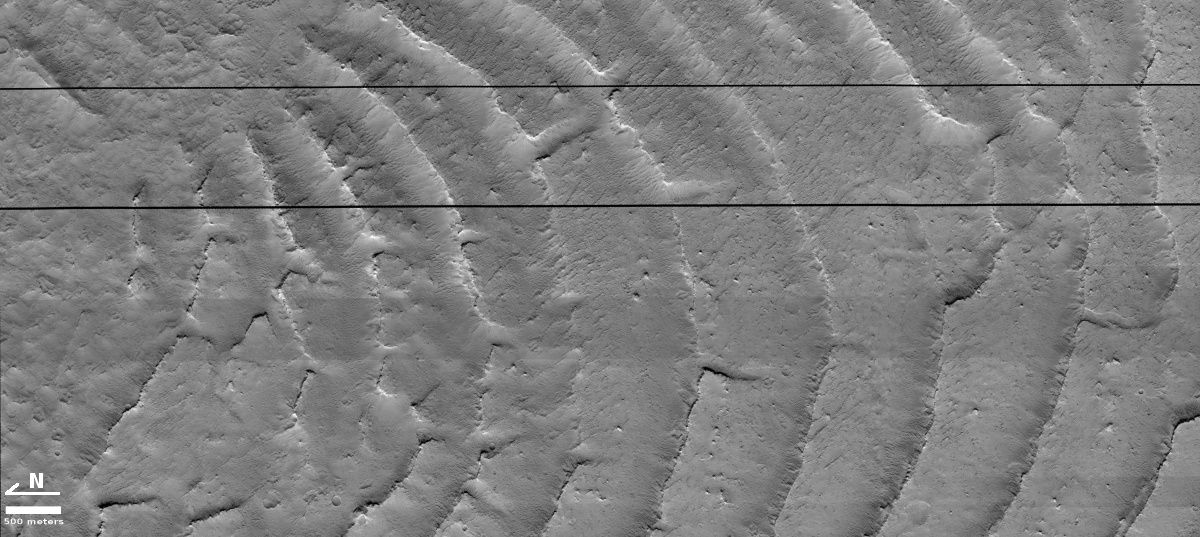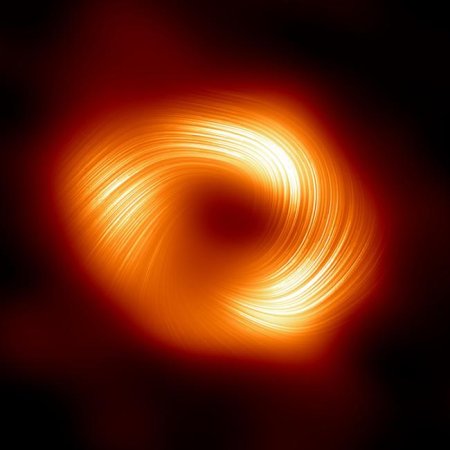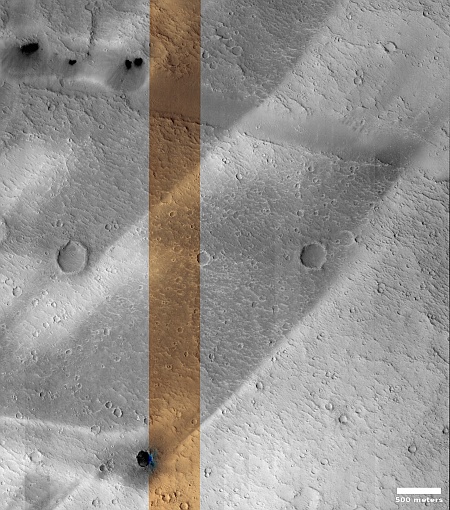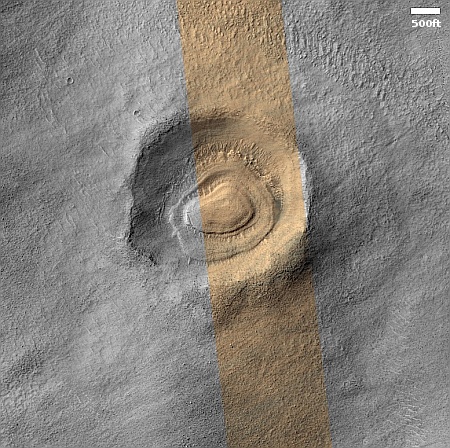The uncertainty of science: Astronomers keep changing the odds of asteroid 2024 YR4 hitting the Earth in 2032
In the past three days three different reports from both NASA and the European Space Agency have given three different percentages for the chances that asteroid 2024 YR4 will hit the Earth in 2032.
On Tuesday, NASA calculated that the space rock had a 3.1% chance of hitting Earth in 2032, while the European Space Agency’s risk assessment sits at 2.8%.
The narrow difference is due to the two agencies’ use of different tools for determining the asteroid’s orbit and modeling its potential impact. But both percentages rise above the 2.7% chance of collision once associated with an asteroid discovered in 2004 called Apophis, making 2024 YR4 the most significant space rock to be spotted within the past two decades.
However, another update shared by NASA on Wednesday showed that 2024 YR4 has a 1.5% chance of colliding with Earth in December 2032, based on new observations now that the full moon has passed. Astronomers have anticipated that such fluctuations are possible as they gather more observational data.
While the media has generally focused mostly on the higher numbers in their knee-jerk “We’re all gonna die” approach to everything, all these different numbers simply illustrate is the generally limited nature of our data about the asteroid’s orbit and its future path. For example because such asteroids are so small, it isn’t just gravity that influences their flight path through the solar system. The Sun’s light pressure can actually have an impact, but to determine how much you need to know the exact size, shape, and rotation of the object. Right now 2024 YR4’s size is estimated to range from 130 to 320 feet in width, determining this effect is presently impossible. Nor is this the only such variable.
At the same time, the data continues to suggest that the chances of this asteroid hitting the Earth are not trivial. The sooner we can find out everything about it the better. Getting a mission to it quickly would be the best way, but so far I have heard little from NASA or anyone about such an idea.
In the past three days three different reports from both NASA and the European Space Agency have given three different percentages for the chances that asteroid 2024 YR4 will hit the Earth in 2032.
On Tuesday, NASA calculated that the space rock had a 3.1% chance of hitting Earth in 2032, while the European Space Agency’s risk assessment sits at 2.8%.
The narrow difference is due to the two agencies’ use of different tools for determining the asteroid’s orbit and modeling its potential impact. But both percentages rise above the 2.7% chance of collision once associated with an asteroid discovered in 2004 called Apophis, making 2024 YR4 the most significant space rock to be spotted within the past two decades.
However, another update shared by NASA on Wednesday showed that 2024 YR4 has a 1.5% chance of colliding with Earth in December 2032, based on new observations now that the full moon has passed. Astronomers have anticipated that such fluctuations are possible as they gather more observational data.
While the media has generally focused mostly on the higher numbers in their knee-jerk “We’re all gonna die” approach to everything, all these different numbers simply illustrate is the generally limited nature of our data about the asteroid’s orbit and its future path. For example because such asteroids are so small, it isn’t just gravity that influences their flight path through the solar system. The Sun’s light pressure can actually have an impact, but to determine how much you need to know the exact size, shape, and rotation of the object. Right now 2024 YR4’s size is estimated to range from 130 to 320 feet in width, determining this effect is presently impossible. Nor is this the only such variable.
At the same time, the data continues to suggest that the chances of this asteroid hitting the Earth are not trivial. The sooner we can find out everything about it the better. Getting a mission to it quickly would be the best way, but so far I have heard little from NASA or anyone about such an idea.











